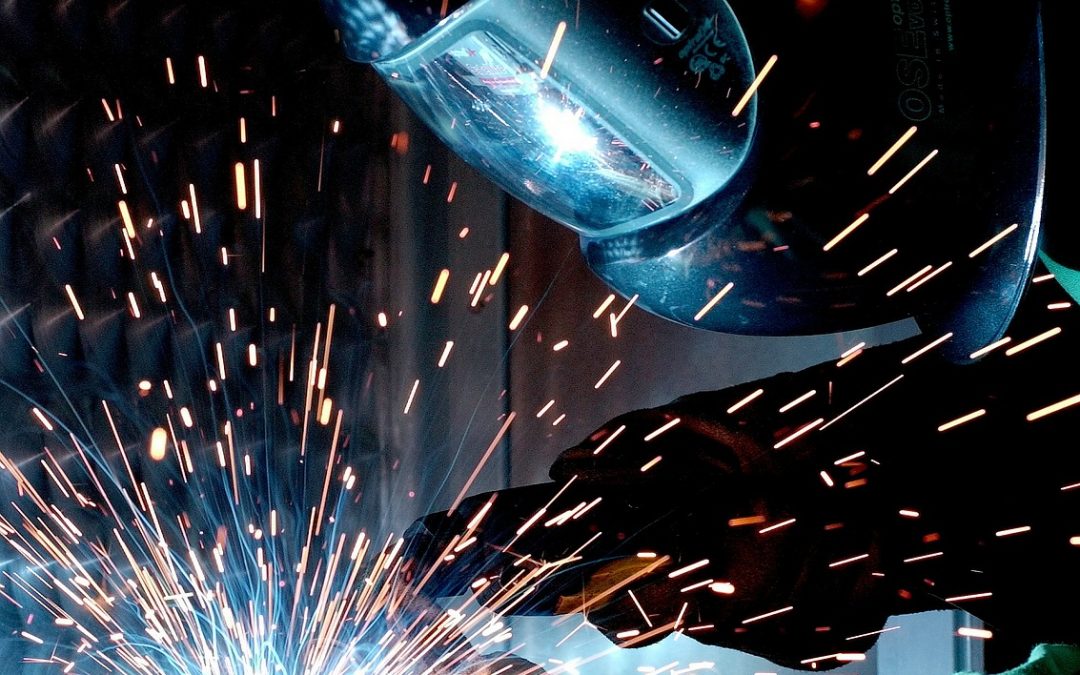Understanding Sub-Critical and Controlled Atmosphere Annealing Metal involves raising the temperature of the material and then cooling it in a controlled fashion. This treatment gives the following benefits:
- The metal is softened, making it more workable.
- It improves and enhances the machinability of the material.
- It increases material ductility, allowing it to be more easily drawn into a wire or hammered into thin sheets.
- It enhances the toughness of the material.
- In alloys such as steel, it improves the material homogeneity, reducing blemishes and other unblended regions.
- In alloys, grain size is significantly reduced.
- It prepares the material for further heat treating processes.
Three Stages
This heat treatment process follows these three stages after heating:
- Recovery – occurs at the lower temperature stage. It results in metal softening due to the removal of linear defects.
- Recrystallization – new strain-free grains nucleate (crystallize about a seed) and grow. The new structure has fewer internal stresses than the pre-heated material.
- Grain growth – an optional stage which the grain grows and the microstructure coarsens. This stage is often followed by a hardening process.
Critical Temperature and Sub-Critical Annealing
For normalization, the material is raised to a temperature of 30 to 50 degrees Kelvin above the critical temperature. The critical temperature is the level at which the material structure can be reordered. For example, in steel it is 723 degrees Centigrade. A sub-critical anneal, also known as a process anneal, does not raise the material temperature above the critical level. Depending on the material, the temperature may only reach from between 260 to 760 degrees Centigrade. Sub-critical processing is easier than the full process and can be done more quickly. In return for an easier process, the material gains many of the properties of the full process, but to a lesser degree. This is often enough for some applications. Atmosphere Annealing The heat treatment process can result in surface oxidation. Atmosphere processing, used with non-reactive gases such as nitrogen and argon, prevents this problem. Let Us Review Your Heat Treatment Process. Our experts at Derrick can help you design the proper process for your metallurgical needs. Contact us today for more information.

